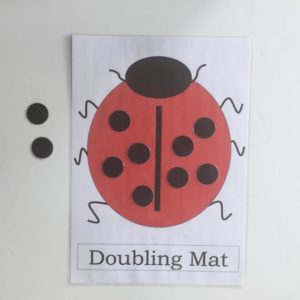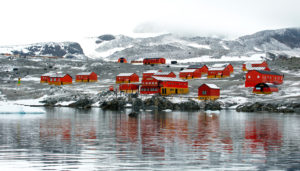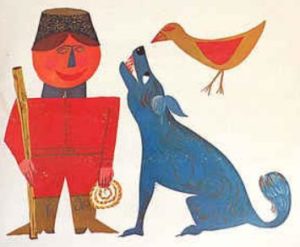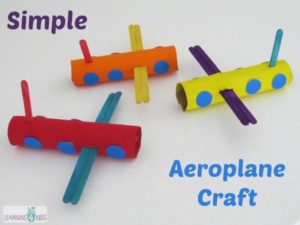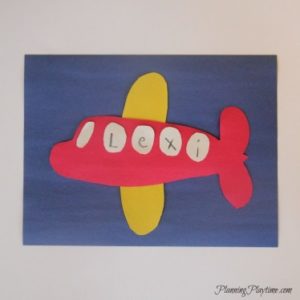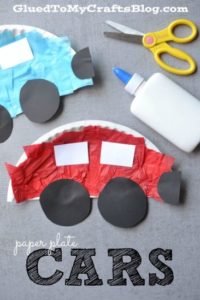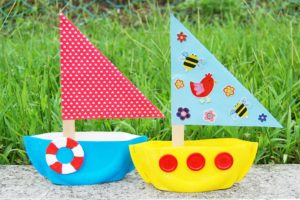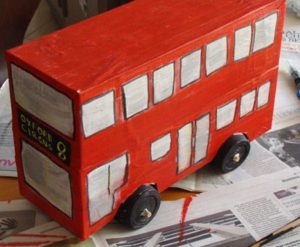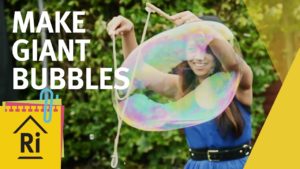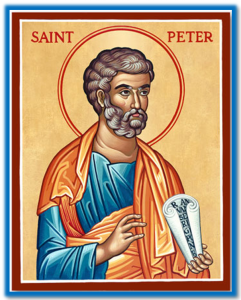Dear all
We have had another lovely week in school. We hope those of you at home are still keeping up with your learning and perhaps we will see more of you in school before the end of term? It is lovely to see more children coming in to school and enjoying being back with their friends and getting into the school routine. The weather has been so warm and it has been lovely to spend lots of time outside.
Remember that there is no need to complete all of the learning below! The focus should be on maths, some aspects of the online English learning and reading and then maybe you could choose one other project to do from the home learning ideas? Or more if you want to obviously! Make this time at home enjoyable and treasure the time you are together having fun! Remember that you can send us a piece of the children’s work or an activity that they want to share every week on our class email addresses:
Turtleclass@stpeterswaterlooville.hants.sch.uk
Pufferfishclass@stpeterswaterlooville.hants.sch.uk
We would love to see what the children are getting up to at home!
Don’t forget to look at Sumdog for maths, reading and spelling challenges.
English reading and writing
In this weeks sequence of lessons you will be learning about a fictional creature called a green-winged flay and over the week we will be writing our own information texts about our own fictional creatures. Miss Brown on the videos has made this creature up herself so there is no story for you to listen to! You will be doing some phonics ay (play), ai (train) and a-e (cake) focusing on the sound and as well as some spellings linked to the story (see below).
If it is a bit tricky or moves too fast for your child just focus on the key phonics being taught, or one version of the sound that your child knows e.g. ai and the key words. Maybe you could just work on one day of the online learning? Do what you feel your child can cope with. If you want an added challenge see if you can use some of the punctuation that we have been learning over the past few weeks such as the exclamation marks and editing using full stops and capital letters. Can you use the past tense in your account?
To listen to an information text
https://classroom.thenational.academy/lessons/to-listen-to-an-information-text
To create a creature
https://classroom.thenational.academy/lessons/to-create-a-creature
To develop my creature
https://classroom.thenational.academy/lessons/to-develop-my-creature
To be able to write my information text.
https://classroom.thenational.academy/lessons/to-begin-to-write-my-information-text
To continue to write my information text
https://classroom.thenational.academy/lessons/to-continue-to-write-my-information-text
Reading
We attach the link below because we feel it has some useful ideas. See page three. We are sure that you are doing many of them already!
Menu of reading response ideas KS1
The website below has lots of free to download ebooks suitable for laptops and tablets. You will need to register to access them but it is all free and the website has other information about different areas of literacy which you may find useful.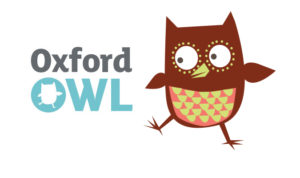
https://home.oxfordowl.co.uk/books/free-ebooks/
Spelling
Linking to the phonics and story this week:
Play, stay, plain, mainly, amaze, place, they and animal. Some of these words are a bit tricky to write and remember. If so see if you can learn they, little and like.
Maths
To find double and half of an amount.
https://classroom.thenational.academy/lessons/to-find-double-and-half-of-an-amount-of-money
To recognise and add equal groups.
https://classroom.thenational.academy/lessons/to-recognise-and-add-equal-groups
To add equal groups
https://classroom.thenational.academy/lessons/to-add-equal-groups
To solve problems using repeated patterns
https://classroom.thenational.academy/lessons/to-solve-problems-using-repeated-patterns
To share a total equally between a set number of groups.
Topic
Who lives in the Antarctic?
No humans live in Antarctica permanently. However, about 1,000 to 5,000 people live through the year at the science stations in Antarctica. Only plants and animals that can live in cold live there.
This little film show the living conditions for scientists at research stations in the Antarctic. It must be so cold!
https://www.youtube.com/watch?v=zbgkeca1nPc
Could you make a model of the Antarctic? Perhaps you cold include a research station along with their dogs and the resident penguins! We would love to see any models or pictures you make!
Music
The Wolf
Listen to this short piece of music and find a picture of a French horn.
How does this music make you feel?
What kind of character do you think the wolf is?
Can you draw a picture of him?
Art
Art Challenge: The Great Getaway! TRANSPORT
The title for your art this week is The Great Getaway! TRANSPORT. This can take the form of a drawing, a painting, a sculpture, a collage or anything else that you would like to create. As always, I’m sure you will impress me with your creativity!
Here are some ideas:
CHALLENGE: Design your own vehicle, maybe one that flies and can float on water!
However, if this doesn’t appeal to you then you can still send any other art work to me and I will post that on the Blog too. Please email your artwork to me:
n.pearson@stpeterswaterlooville.hants.sch.uk
Thank you
Keep creating and keep safe!
Mrs Pearson
Family Science Activity
Giant Bubbles
https://www.rigb.org/families/experimental/giant-bubbles – watch the video
· Make a home-bubble mixture and wands. Use them to look more closely at the characteristics and behaviour of soap bubbles.
· ExpeRiment with different shapes and sizes of bubbles and see what you can and cannot control about bubbles. Learn how to make giant bubbles and find out why bubbles are usually round.
· Learn how to make giant bubbles and find out why bubbles are usually round. https://www.rigb.org/docs/giantbubbles_infosheet_0_0.pdf – details on the information sheet.
You will need:
• Good quality washing up liquid
• Water
• Glycerin (optional)
• Plastic tub or other container for bubble mixture
• Measuring jug (optional)
• Various things with holes in them for blowing bubbles with. Watch the video for ideas. Straws, pipe cleaners, paperclips, coat hangers, cookie cutters and cake tins with removable bottoms are all particularly good.
• For giant bubbles: wooden spoons (or other sticks), a couple of metres of string and a small weight you can thread through it, like a metal key ring or nut.
What to do:
A mixture we found that works is 1 litre of water, 100ml of washing up liquid and 30 ml (2 tablespoons) of glycerin. Blow some bubbles!
Put a straw into your bubble solution and try blowing gently into the liquid. You should be able to make a lot of bubbles very quickly. Then dip one end of a straw into the solution, take it out and blow gently through the other end. See if you can control the size of bubble you can blow out of the straw.
Try making bubbles using things with bigger holes, like a paperclip or pipe cleaner bent into a circle. Try poking a dry finger into a bubble, then try the same thing after dipping your finger in bubble solution.
Try making bubbles inside bubbles by poking a straw dipped in bubble solution into an existing bubble and blowing again.
Try out objects with different shaped holes, like cookie cutters or pipe cleaners bent into other shapes. Try objects with really big holes, like a coat hanger or a cake baking tin with its bottom removed. Try making giant bubbles with the special wand we show you how to make in the video.
Going Further:
· You can experiment with your bubble mixture and giant bubble wand to see just how big you can get your bubbles to be. There are lots of different bubble mixture recipes on the internet, just search for “soap bubble recipe”.
· You could try making two or three of them and comparing how good the bubbles they make are.
Our school patronal feast day takes place on Sunday 28th June. In order to prepare for this special time of the year, please choose ONE of the following activities in order to learn more about St. Peter…
Jesus told Peter, ‘I will give you the keys to the Kingdom of Heaven’.
Design the keys and include as many symbols as you can to represent St. Peter and why he was so special. What would the keys be made of?
Jesus said to Peter, ‘You are a rock, and on this rock I will build my church’.
Could you paint or decorate a stone or pebble, to show ways in which to build God’s church?
(e.g. by spreading love, faith and Good News).
Take a look at the St. Peter’s logo on our school website. Can you re-design the crest so it reflects the qualities of St. Peter? (e.g. trust, hope, responsibility).
Why did Jesus say ‘feed my lambs’? How might St. Peter ask us to continue God’s work on earth?
Use the internet to research St. Peter – can you make a fact file about our school saint?
Which key words might you use as part of your factual information page?




